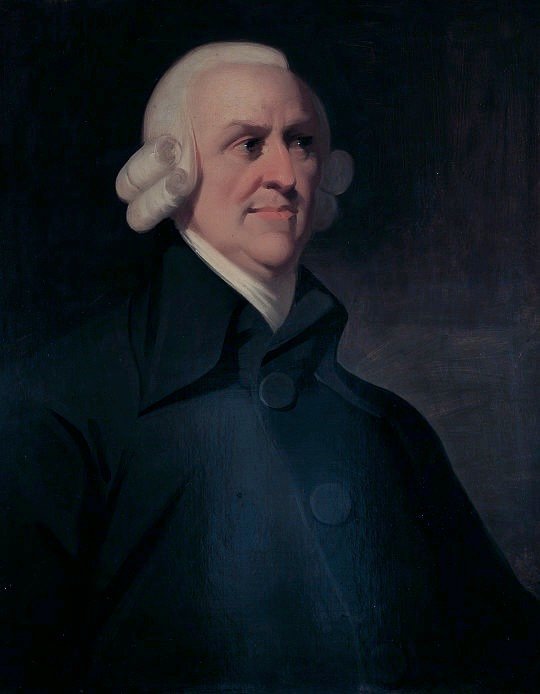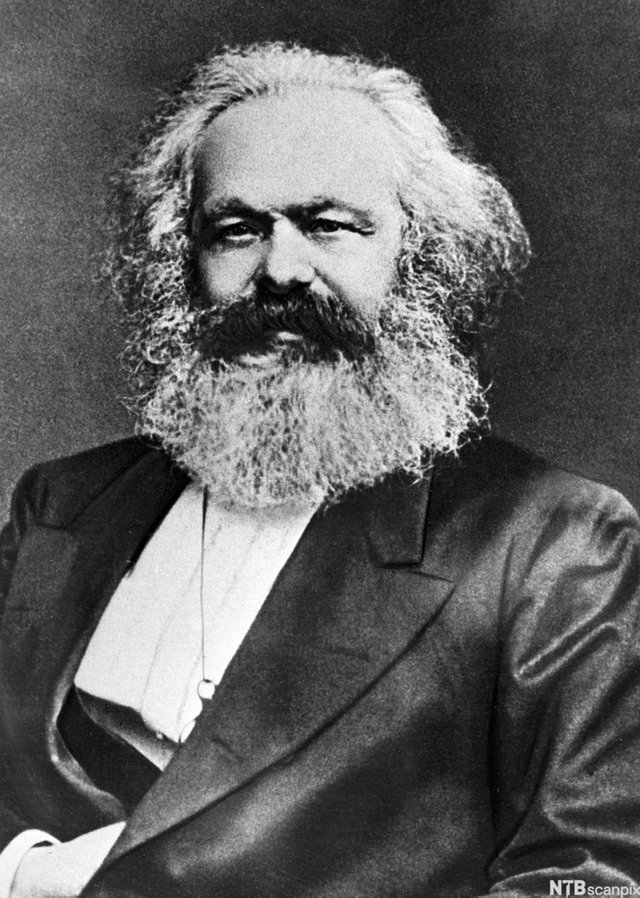Why Global Crisis is Inevitable? Part 3: The Big Lie
If you haven’t read yet Part 1 & 2 of this article I strongly advice that you start with that. Please follow these links: Part 1, Part 2.
As I said previously, WITHOUT markets expansion economic growth stops and economy goes into PERMANENT stagnation. The very first economist who understood this was Adam Smith.
Next Big Step – Adam Smith
In 18th century Adam Smith wrote that if we have a CLOSED economic system then economic growth in this system goes only up to a certain point. An then it STOPS! He also wrote that the larger this economic system is, the longer period of time it grows, but , eventually, it also stops!
Hence, we can conclude that ANY capitalism driven system at the end of the day will have a crisis that is not just cyclical. It is a crisis that will CONTINUE unless the model changes. Such crisis is driven by NO POSSIBILITY to expand markets further.
What is next?
The next conclusion based on the analysis of Adam Smith was made by Karl Marx. Karl Marx was not an economist; he studied law and philosophy. And as a philosopher and a lawyer Karl Marx made a very logical conclusion…. He said that given our planet Earth is finite, sooner or later the economic growth (driven by higher degree of the Division of Labour) will stop because the scale of the economic system will cover the entire planet Earth. Hence, CAPITALISM, AS A MODEL THAT DRIVES ECONOMIC GROWTH, IS FINITE AND EVENTUALLY WILL NOT BE ABLE TO PROVIDE ECONOMIC GROWTH.
Of course, for both Smith and Marx these concepts were quite theoretical. Nowadays they don’t sound just theoretical, but something we can clearly observe…
Most obvious example that clearly shows this idea: people in a small village / town / city won’t be able to produce an airplane on their own. Because (i) people just don’t have enough money to pay for the tickets to make it profitable (they use money for other needs like food, clothes etc); (ii) people don’t have technology / plant, especially in the village, to build it (bare in mind that here we are talking about end to end production starting from iron ore mining and finishing with ready-to-go airplane. However, if now go up to a country level – here small airplanes can be already produced that serve only domestic market. Obviously planes can be produced at a global level: currently we have 2 companies which produce standard passenger airplanes Airbus and Boeing and supplied worldwide. However, British-French Concorde (next generation turbojet-powered passenger airliner with max speed of twice over the speed of sound) which was developed in 1960’s already couldn’t be produced. There were a number of efforts to sell it globally during 1970’s but they all failed and production was stopped. Why? For a simple reason – there is no demand. People don’t have enough money to pay for it such that it makes the production profitable. I mean, we still have technology, we know how to produce it, it would have been faster and more convenient for passengers – but no one produces it PURELY for economic reasons.
Also, It worth noting that one of the 1st things US lobbyists did following the collapse of the Soviet Union is to stop (via legislation and cut of government financing) the entire production of passenger airplanes in Russia. In 1990 USSR was holding 40% of airplane market share globally. Following 1990 this 40% of the market went to Airbus and Boeing.
If we come back to Marx, he followed his logic further: GIVEN that Capitalism sooner or later will stop providing economic growth, then we need to create a new economic model, POST-CAPITLIST, that will help society to develop after Capitalism reaches its limits. And the whole Marx theory (communism etc) is the creation of the model that society will use post capitalism to achieve economic growth.
And now the most interesting part…
Obviously, capitalists didn’t like the theory which was telling that they should give up everything they earned. That is why, in the end of 19th century they decided to SUBSTITUE THE WHOLE ECONOMIC THEORY which was described by Adam Smith, called Political Economy (and developed by many economists after Adam Smith), and had the concept of the End of Capitalism (!) WITH A NEW ECONOMIC THEORY WHERE CAPITALISM WAS INFINITE…. Ie using capitalist economic model the economy can grow and develop FOR EVER! This economic theory is the mainstream nowadays and is called ECONOMICS. The whole idea of it is there is no end of Capitalism.
In order to achieve this result they turned the whole economic theory upside down. Normally it goes from Marco economy to Micro economy and that’s how all the economists where analysing economy. But if you start with Marco economy developed by Adam Smith you automatically receive the “end of Capitalism” concept. Hence, they decided to do everything opposite and started with Micro, focusing on the behaviour of a single firm or a single consumer. At best industry….Clearly, relative to 1 company there are unlimited number of people and resources, hence no problem. Macroeconomics is then presented by a simple aggregation of various firms. Those who studied Economics in the University will quickly recognise this approach..
At the same time, the history of the 19th century is continuous transformation of local / small feudal systems into local capitalist systems, which then started slowly being taken over by each other. Given there was plenty of room for market expansion, there has not been any severe economic crisis because the growth was driven by unification and expansion of the small economic systems. At the end, by the beginning of the 20th century we got 4 economic systems, let’s call them 4 technological zones (this concept was introduced by Russian economist Mikhail Khazin in 2003): 1) British – emerged at the end of 18th century; 2) German; 3) American; and 4) Japanese - the latest one, emerged at the beginning of the 20th century.
By the beginning of the 20th century the world economy faced the first major crisis of the declining return on capital: further expansion of markets was IMPOSSIBLE. This crisis started with a severe banking crisis in 1907-1908. The capitalist model should have been abandoned as it couldn’t provide growth any more… although it still exists and in Part 4 I am going to tell what helped it to survive all this long way and WHY it will end NOW!..
Please read here Part 4
There have been 2 very good articles published recently by @logic (Article 1) and @tftproject (Article 2) which I cannot agree more with. In the next article I will try to explain why what is described in these articles was inevitable and why we are where we are.
Please feel free to leave your comments / questions and follow me if you liked this and want to read more: @conspi-theorist
About me:
In my Blog I write about Politics and Economics, analyse the News, and give advice where to invest. I studied economics and finance in Russia, UK and Italy and worked in Banking, Consulting, and Investment firms. If you follow me I will be able to provide view with lots of arguments and very balanced view.
PS. Maybe a bit empty right now, but more to come!


These posts are great eye opening information for me, written to understand. Thankyou.
THank you !! I was really worried today that I am not making them clear enough. Please ask me questions / challenge if you think something does not make sense.
Good stuff. I am following you now.
I think you might like some of my stuff, I got articles on up to 7 secret societies so far. Plus a bunch of other goodies. :D
Man - I went through one, really interesting.. Decided to follow you as well. Thanks
Great, really eye opening series @conspi-theorist ... looking forward to the development of your ideas in the future